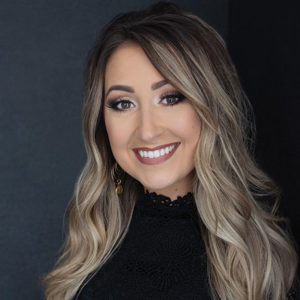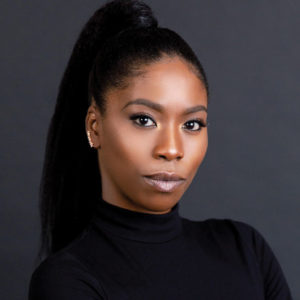THICK HAIR

Amber Lord is owner/stylist at Salon Rouge, located in Ocean Springs
• Talk with your stylist about adding long layers to help remove some weight and add movement, as thick hair can be very heavy and lose its shape.
• Keep your length medium to long to help “weigh down” the hair. Avoid anything too short so the hair doesn’t expand horizontally.
• I always recommend, especially for thick hair, to shampoo twice. One time may not be getting through all that hair and can cause buildup.
• Use a blow-dry spray, like Kenra’s blow-dry spray, to help speed up drying time, add moisture and protect the hair.
• Get a Brazilian blowout. This service will take care of almost all your problems with thick hair. It will cut your blow-dry time in half, smooth out any frizz (even in humidity) strengthen the hair and much more.
NATURAL HAIR

Tieraney Houston — curl specialist, founder of Flawless Finish LLC, CEO of Make Me Chić Beauty Studio and co-owner of Onyx Glam Textured Hair Salon
• Cleanse your textured tresses regularly. It is important to cleanse every seven to 10 days to relieve the hair and scalp of styling product, environmental waste and sebum (oil naturally produced by scalp) buildup. A clean scalp is a healthy scalp and the ideal environment for hair growth.
• Always have a professional trim your hair. Partner with a local curl specialist to get regular maintenance cuts. Naturals should trim/shape their hair every 12 to 16 weeks. Removing damaged ends keeps hair from continuing to split upward along the shaft, ultimately allowing you to retain more length as hair grows. As a rule of thumb, trim hair with every change of season.
• Covering hair in a satin or silk sleeping cap or sleeping on a satin/silk pillow case is important — not only for preserving your curls, but for retaining hair’s moisture. Satin also prevents friction caused by turning your head over at night, which leads to dry hair and breakage.
• Eliminate all oils and butters from your hair care. Remember: Oil and water don’t mix. By continuously coating your hair in heavy oils or butters, you are creating a barrier that blocks out water, which is hair’s only source of hydration.
• The most widely asked question in natural hair care: What is my hair type — A, B, C, 1, 2, 3 or 4? It’s best to not make a fuss over an imaginary category, which is confusing for most naturals. Hair’s essential elements are what’s most important. Hair’s density, texture, ability to absorb water and reflect light are factors to consider when choosing products and styles. Boxing yourself into a category could be preventing you from finding great products that deliver results versus headaches.
THIN/COLOR-TREATED HAIR

Cristina Switzer is a stylist at the District Salon in Gulfport
• Protect your hair and scalp from free radical pollutants. These pollutants, like household chemicals, UV rays, chlorine, and minerals and metals in water, lead to hair thinning, hair loss, loss of luster, and early graying.
• Use products with UV filters, including leave-in conditioners.
• Use shampoos, conditioners and conditioning treatments with antioxidants such as aloe, green tea, sea kelp, pomegranate, vitamin C, vitamin E and wintergreen.
• Use styling products that contain antioxidants.


